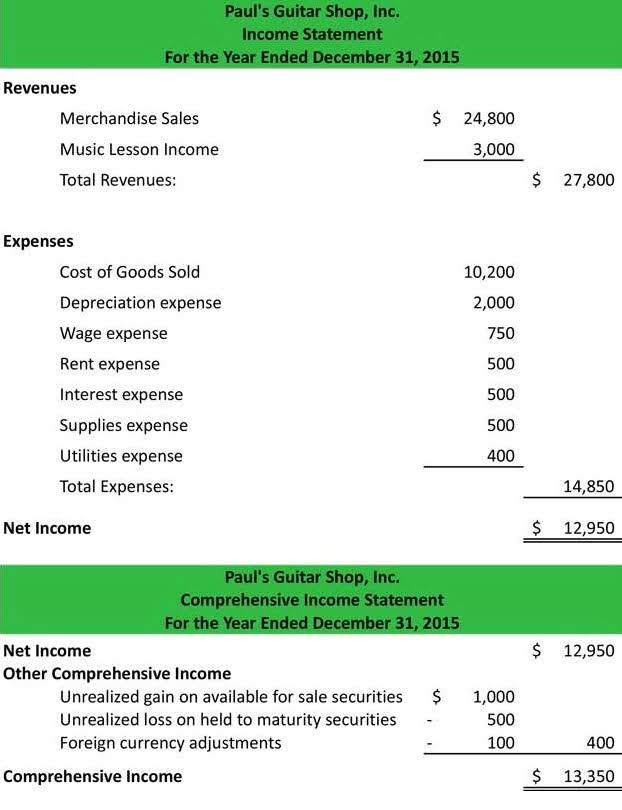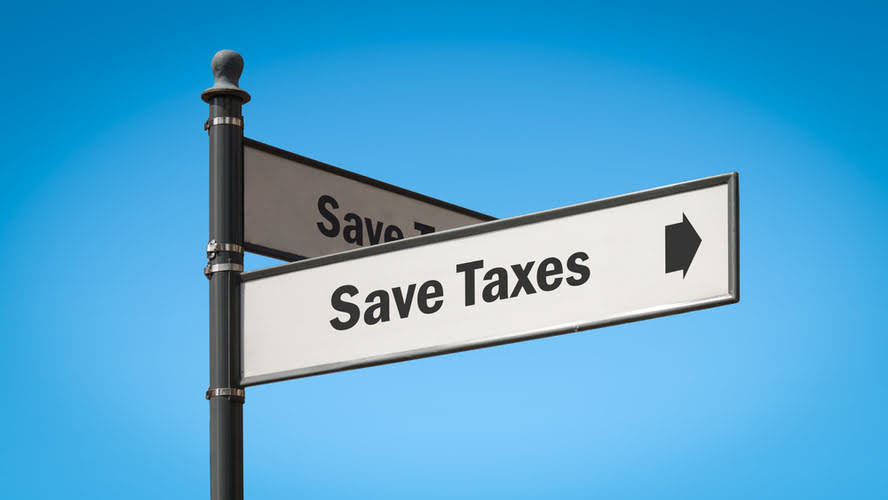What is Recurring Billing? Meaning and Examples

An online course platform offers a 15% discount for customers who pay annually instead of monthly. This incentivizes users to commit to a full year and provides the platform with upfront revenue. This model is common in SaaS products designed for teams and collaboration. The underlying principle for monetization is that it’s fair to charge based on the number of people benefiting from the software. Recurring billing recurring billing is the backbone of many modern businesses, especially in SaaS. It’s a system where a business automatically charges customers for goods or services on a pre-defined schedule.
1 Minimization of manual errors
Recurring billing has revolutionized the way businesses collect payments and manage their cash flow. By implementing a recurring billing system, businesses can ensure a steady stream income summary of revenue, automate the payment process, and reduce the risk of missed payments. This not only improves efficiency but also enhances customer satisfaction by providing a seamless and hassle-free payment experience.
Try the invoicing software for free!
However, it can come with higher costs as you process payments monthly, while easier cancellation can lead to high churn rates. For another example, while not necessarily considered a subscription, utility services are also well-suited for recurring billing as they are essentially recurring subscriptions to public utilities. Variable or irregular recurring billing is when you have a process of billing or invoicing that occurs on an irregular or variable cadence. Recurring billing is the ongoing process of charging customers at regular intervals. For example, you need to make sure that what you charge matches the fee schedule agreed to at the beginning of service. Each of the networks, however, also has their own specific rules regarding recurring billing best practices.
- Merchant Maverick’s ratings are editorial in nature, and are not aggregated from user reviews.
- It requires regular updates, bug fixes, and upgrades to ensure optimal performance and security.
- Switching to recurring billing with tools like Billdu’s Free Invoice Generator for UK takes the headache out of the equation.
- Recurring billing only works well if you’ve got the right systems in place.
- It’s a good practice to stay in regular contact with your customers after an invoice is generated, to reduce the risk of failed payment, for example, due to an expired payment method.
What Is Recurring Billing?

Recurrent billing is not confined to online subscriptions and utility fees. For example, a customer could request the grocery store owner to supply the vegetables and grocery products every https://www.bookstime.com/ month. They may authorize recurrent billing, allowing the store owner to charge them every time they deliver the grocery to this customer. Recurring invoicing automatically generates and sends invoices to customers on a regular, predetermined basis.

Make sure invoices are going out as scheduled, payments are being processed, and clients aren’t running into issues. You can avoid this with Billdu, since it provides real-time tracking and notifications, so you’re always in control. A specialized subscription billing platform simplifies the process, ensuring seamless recurring payments, tax compliance, and fraud prevention. You should include information about the payment schedule and options for canceling recurring payments when issuing customer invoices. Visa Account Updater, or VAU, is a service that exchanges updated account information between participating merchants and Visa card issuers.

Once the contract ends, the customer can choose to continue or terminate the subscription. Subscription management software works alongside recurring billing systems to provide deeper control over customer accounts, usage tracking, and personalized pricing adjustments. Businesses can automate free trials, promotional discounts, contract renewals, and cancellations, ensuring a smooth experience for customers. Automated payment processing can also help businesses to avoid late payments, reduce accounting errors, and improve cash flow.
- After accepting the terms and conditions and receiving authorization, customers just provide their payment information and agree to the amount they have to pay.
- Businesses must weigh these factors when deciding which payment model best suits their needs.
- In today’s economy, where subscription models dominate, an optimized recurring billing system helps organizations scale while maintaining a seamless customer experience.
- This is where customers are charged the same price at a regular interval, such as $15.99 every month.
- Per-user billing charges customers based on how many users access the software.
- Billdu’s recurring billing software automates invoicing entirely, eliminating the need to draft and send invoices repeatedly.
- This is usually a monthly deal, although merchants sometimes offer discounts to clients who pay in full for one or two years in advance.

They don’t have to remember payment dates or manually authorise each transaction, which means fewer missed payments and a smoother experience. If you follow any of the above, a recurring billing management platform should facilitate it and remove unnecessary complexity from your plate. With Helcim, you get everything you need to accept credit card payments, plus high-quality support from real humans. Recurring billing is widely adopted because of the benefits it offers to both customers and business owners.
Cloud storage services that charge based on the volume of storage used exemplify this billing type. Understanding the subtleties of recurring billing can be beneficial whether you’re a tiny business owner, a seasoned entrepreneur, or an inquisitive consumer. Keeping track of recurring revenue is nearly impossible without proper subscription analytics. Using a tool like Baremetrics is almost essential to keeping it all straight. Still, most of the cons are overcome or at least managed with the right analytics and insights at your disposal.

